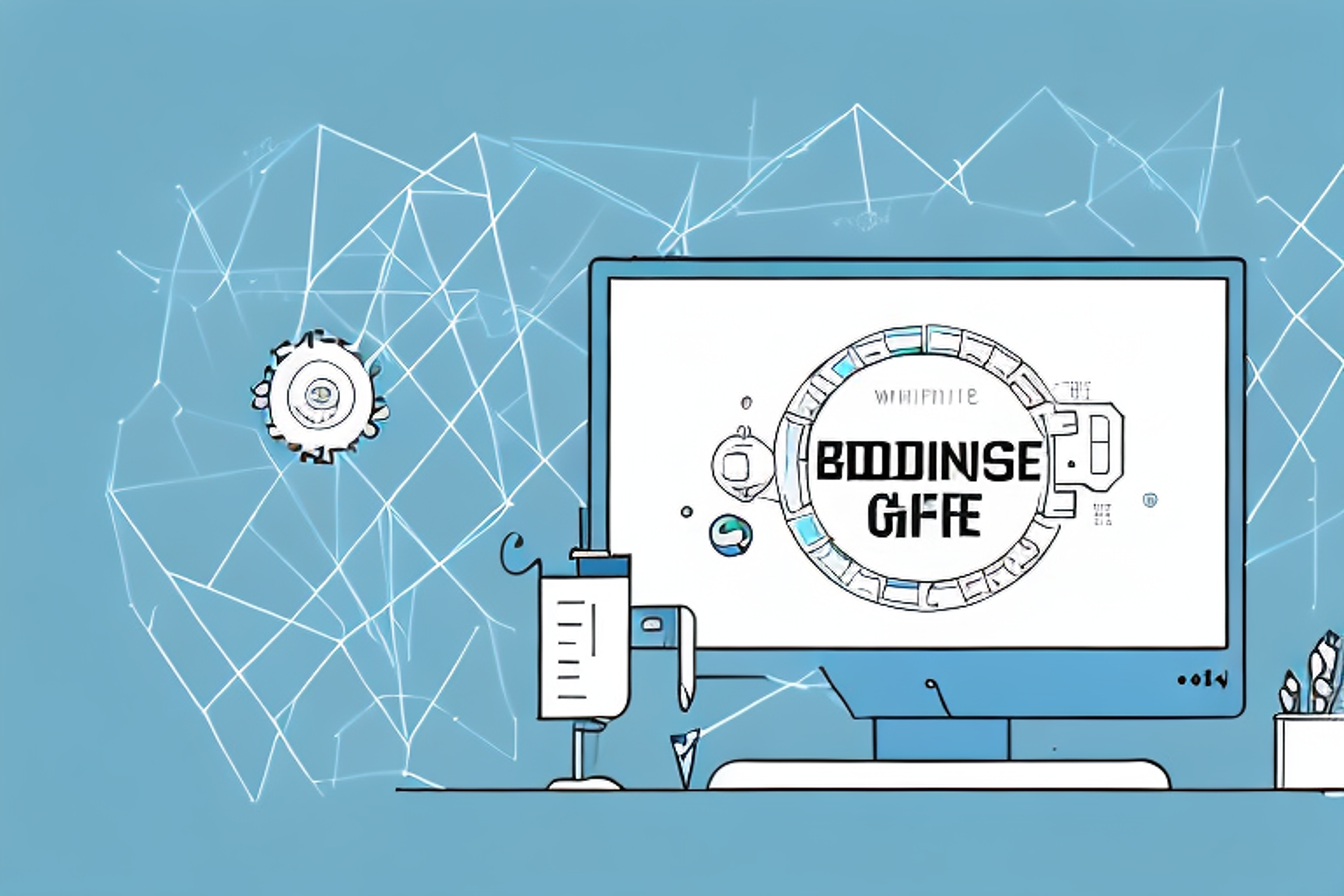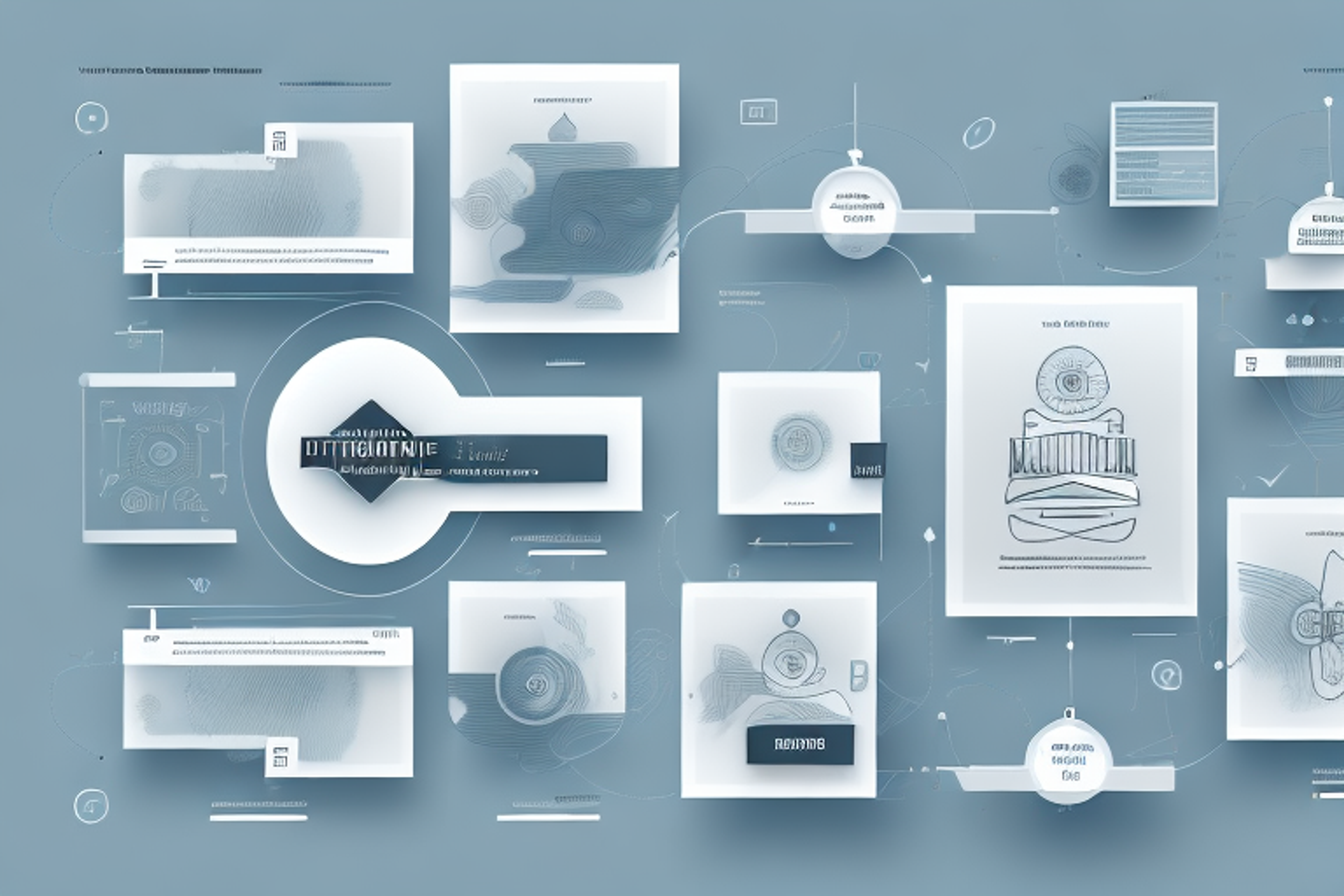How to Assemble a Compelling Software Engineering Portfolio
Learn how to create a software engineering portfolio that showcases your skills and experience in a compelling way.
Posted June 13, 2025

Table of Contents
In today's competitive job market, having a strong and compelling software engineering portfolio is essential. Your portfolio is an effective way to showcase your skills, experience, and accomplishments to potential employers. However, putting together a portfolio that stands out from the crowd requires careful planning and execution. In this article, we'll explore the various aspects of assembling a compelling software engineering portfolio that accurately represents your professional abilities and potential.
Why Your Software Engineering Portfolio Matters
Your software engineering portfolio is a visual representation of your work history, skills, and accomplishments as a developer. It provides potential employers with a quick and easy way to assess your capabilities and determine whether you're a good fit for their organization. A strong portfolio can set you apart from other developers and increase your chances of landing that dream job. On the other hand, a weak portfolio can hurt your chances of getting hired, no matter how experienced you are as a developer.
One of the key benefits of having a software engineering portfolio is that it allows you to showcase your creativity and problem-solving skills. By including examples of your work, you can demonstrate your ability to think outside the box and come up with innovative solutions to complex problems. This can be particularly valuable for employers who are looking for developers who can bring fresh ideas and perspectives to their team.
In addition to helping you stand out from other candidates, a software engineering portfolio can also be a valuable tool for your own professional development. By regularly updating your portfolio with new projects and accomplishments, you can track your progress as a developer and identify areas where you need to improve. This can help you set goals for yourself and stay motivated to continue learning and growing in your career.
Understanding the Purpose of a Software Engineering Portfolio
A software engineering portfolio serves several purposes. Firstly, it showcases your technical skills and competencies to potential employers. Secondly, it demonstrates your ability to work collaboratively on projects and contributes to open-source communities. Finally, it showcases your thought process, problem-solving abilities, and innovative thinking to the development community.
Additionally, a software engineering portfolio can also serve as a tool for personal reflection and growth. By reviewing past projects and experiences, you can identify areas for improvement and set goals for future development. It can also be a valuable resource for networking and connecting with other professionals in the field. Overall, a well-crafted software engineering portfolio can be a powerful asset in advancing your career and achieving your professional goals.
Identifying Key Components of a Strong Software Engineering Portfolio
A strong software engineering portfolio should consist of several components. These include code samples, project descriptions, and documentation. Code samples should demonstrate your proficiency in a variety of programming languages, frameworks, and tools. Your project descriptions should detail the project's goal, the challenges you faced, and the solutions you implemented. Finally, documentation helps potential employers understand your code and thought process while providing insights into your problem-solving abilities.
Another important component of a strong software engineering portfolio is your ability to collaborate with others. This can be demonstrated through group projects or open-source contributions. Employers want to see that you can work well with others and contribute to a team effort.
Additionally, showcasing your continuous learning and professional development is crucial. This can be done by including any relevant certifications, courses, or workshops you have completed. It shows that you are committed to improving your skills and staying up-to-date with the latest technologies and industry trends.
Choosing the Right Projects and Code Samples for Your Portfolio
Choosing the right projects and code samples is essential for assembling a compelling software engineering portfolio. You should select projects that showcase your technical abilities and demonstrate your creativity and innovation. Code samples should highlight your proficiency in specific programming languages and tools while illustrating your problem-solving abilities.
When selecting projects for your portfolio, it's important to consider the relevance of the project to the industry or field you're interested in. For example, if you're interested in web development, you may want to include projects that demonstrate your knowledge of popular web frameworks such as React or Angular. Similarly, if you're interested in mobile app development, you may want to showcase projects that highlight your proficiency in iOS or Android development.
Another important factor to consider when selecting projects for your portfolio is the level of complexity and scope of the project. While it's important to showcase your technical abilities, it's also important to demonstrate your ability to work on projects of varying sizes and complexities. Including a mix of small and large projects can help demonstrate your versatility as a software engineer.
Highlighting Your Technical Skills and Proficiencies in Your Portfolio
Highlighting your technical abilities and proficiencies is crucial in assembling a compelling software engineering portfolio. Your portfolio should demonstrate your proficiency in various programming languages, tools, and frameworks and how you use them to solve problems. Success stories and successful project delivery should be emphasised.
One effective way to showcase your technical skills is by including code snippets in your portfolio. This allows potential employers to see your coding style and approach to problem-solving. Additionally, including links to open-source projects you have contributed to can demonstrate your ability to work collaboratively and contribute to a larger community.
It's also important to keep your portfolio up-to-date with the latest technologies and trends in the industry. This shows that you are constantly learning and adapting to new challenges. Including any relevant certifications or courses you have completed can also demonstrate your commitment to professional development.
Showcasing Your Collaboration and Teamwork Abilities in Your Portfolio
Employers look for team players who can work collaboratively on projects. Thus, it's essential to show your collaboration and teamwork abilities in your software engineering portfolio. A project focused on teamwork or a project which has involved contributors can be highlighted in your portfolio.
Incorporating Personal Projects and Open Source Contributions into Your Portfolio
Incorporating personal projects and open-source contributions into your portfolio can give you an added advantage in the job market. These projects demonstrate your passion and enthusiasm for software development, a key quality sought by employers. Open-source contributions show that you've made valuable contributions to the development community.
The Importance of Documentation in Your Software Engineering Portfolio
Documentation plays a vital role in your software engineering portfolio. It clarifies your thought process and helps potential employers understand your code and the solutions you implemented. Documentation should explain the project's goal, the challenges you faced, and the solutions you developed, providing insights into your problem-solving abilities.
Tips for Formatting and Presenting Your Software Engineering Portfolio
Formatting and presenting your software engineering portfolio can impact its effectiveness. You should choose a clean, professional design and ensure that your portfolio is easy to navigate. Use screenshots and graphics when showcasing recent projects and code samples to give potential employers a visual representation of your abilities. Keep your portfolio up-to-date and include a personal statement that showcases your passion for software development.
How to Tailor your Portfolio for Different Job Applications
Each job application is unique, and your portfolio should be tailored to fit the job you're applying for. Read the job description carefully and highlight experiences and projects that align with their technical requirements. Focus on your proficiencies in the programming languages and tools they require and highlight your experience in similar projects.
Common Mistakes to Avoid When Creating a Software Engineering Portfolio
There are several common mistakes to avoid when creating a software engineering portfolio. These include submitting a weak portfolio that does not showcase your talents, selecting projects that aren't relevant to the job you're applying for, failing to provide documentation or code samples, and using a poorly designed layout.
How to Revise and Update Your Software Engineering Portfolio Over Time
Your software engineering portfolio is a dynamic document that should be updated frequently. As you grow in experience and skills, you should add new projects and code samples, update the layout and design, and refine project descriptions and documentation.
Using Social Media and Online Platforms to Boost the Visibility of Your Software Engineering Portfolio
Social media and online platforms can be used to boost the visibility of your software engineering portfolio. You can use LinkedIn to connect with other developers and potential employers, showcase your portfolio, and gain recommendations and endorsements. Additionally, you can use GitHub to showcase your open-source contributions and connect with other developers in the development community.
In conclusion, a compelling software engineering portfolio is an essential tool for every developer seeking employment. Your portfolio should showcase your technical abilities, problem-solving skills, collaboration and teamwork abilities, and passion for software development using relevant projects and code samples, documentation, and a professional design. You should update your portfolio frequently to stay current with the fast-paced software development industry. By following the tips outlined in this article, you can assemble a compelling software engineering portfolio that accurately represents your professional abilities and positions you for success in the job market.











